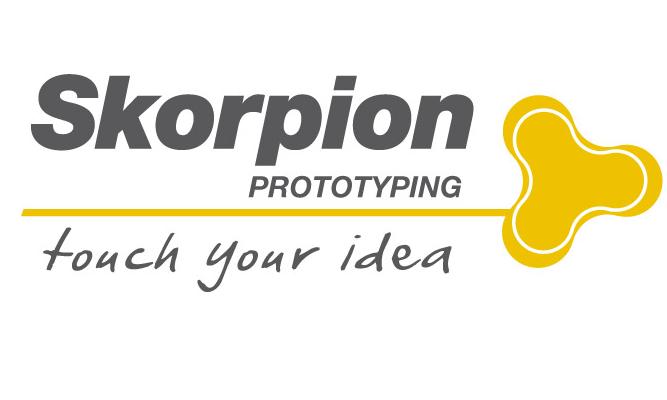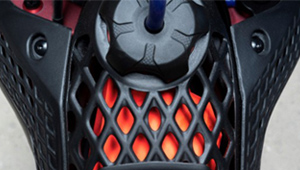SKORPION ENGINEERING USES 3D PRINTING TO PRODUCE PARTS FOR RACING MOTORBIKE
Idea: Alvaro Dal Farra, Concept and design: Codoro Studio, 3D Printing with HP MJF: Skorpion Engineering, Videos and photos: Cristopher Breda
 Freestyle motorbike rider Alvaro Dal Farra wanted to integrate customized functional parts (fairing, fuel tank) for his Kawasaki KX 450 3D Core motorbike. Thanks to HP Multi Jet Fusion (MJF) technology, Skorpion Engineering was able to design and 3D print these parts using HP 3D High Reusability (HR)1 PA 12. The material’s enhanced mechanical properties and robustness are important for a racing motorbike, which requires durable parts that can handle the twists and turns of a race.
Freestyle motorbike rider Alvaro Dal Farra wanted to integrate customized functional parts (fairing, fuel tank) for his Kawasaki KX 450 3D Core motorbike. Thanks to HP Multi Jet Fusion (MJF) technology, Skorpion Engineering was able to design and 3D print these parts using HP 3D High Reusability (HR)1 PA 12. The material’s enhanced mechanical properties and robustness are important for a racing motorbike, which requires durable parts that can handle the twists and turns of a race.

Using reverse engineering techniques and 3D scanners, Skorpion Engineering was able to digitalize select components from the previous design of the Kawasaki KX 450 and redesign and customize them.

The motorbike’s fairing was 3D printed using HP 3D HR PA 12 with a new design that allows for the creation of visual color effects.

The fuel tank was designed with an external "casing" that has the same dimensions as the original tank, but now features holes that reveal the red tank inside, representing the “heart of the motorcycle.”
Overall, Skorpion Engineering reaped the following benefits with HP MJF technology:
-
Simplified process. With the previously used FDM technology, Skorpion Engineering had to spend extra time and use difficult processes to clean the parts.
- Strong, flexible material. With HP 3D HR PA 12, Skorpion Engineering is able to carry out both aesthetic and assembly tests without having to worry about part breakage.
INDUSTRY
Mobility and transportation
SECTOR
Motorbikes
MATERIAL
HP 3D HR PA 12
HP 3D Applications data courtesy for Bike & Idea: Alvaro Dal Farra, Concept & Design: Codoro Studio, and 3D Project Development: Skorpion Engineering
1) HP Jet Fusion 3D Printing Solutions using HP 3D High Reusability PA 12 provide up to 80% powder reusability ratio, producing functional parts batch after batch. For testing, material is aged in real printing conditions and powder is tracked by generations (worst case for reusability). Parts are then made from each generation and tested for mechanical properties and accuracy.